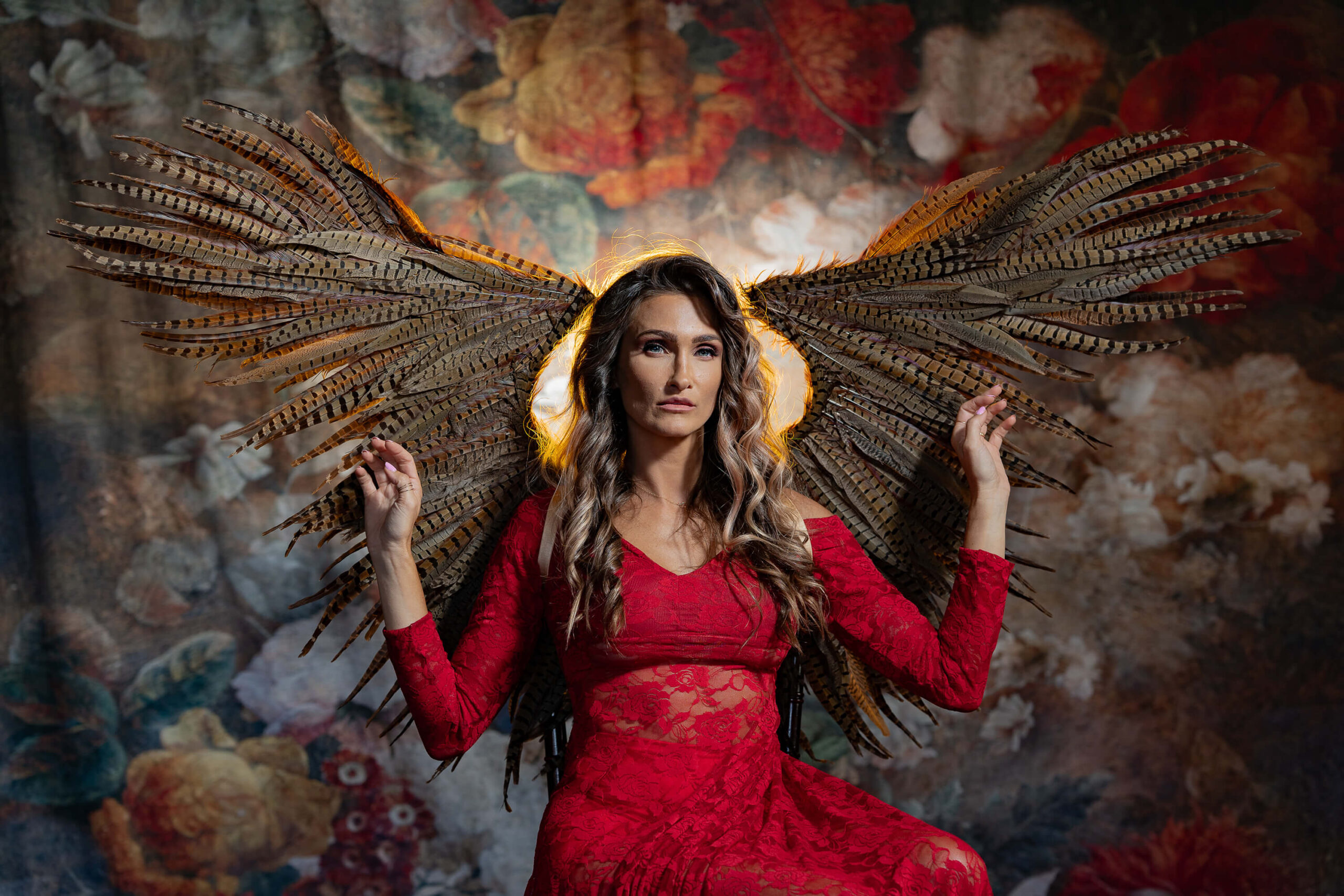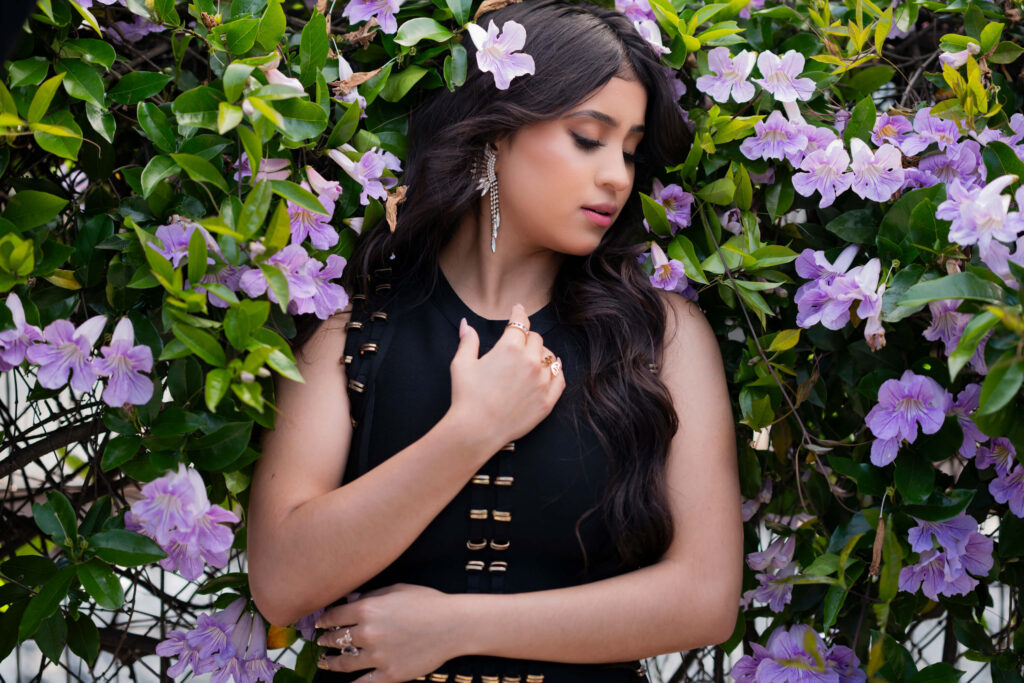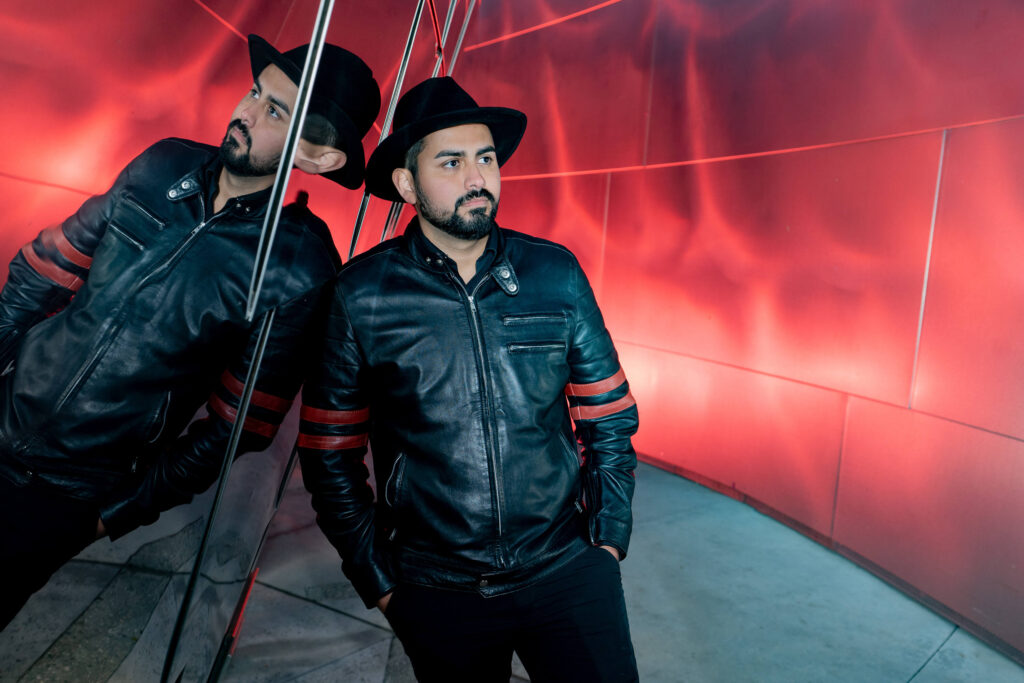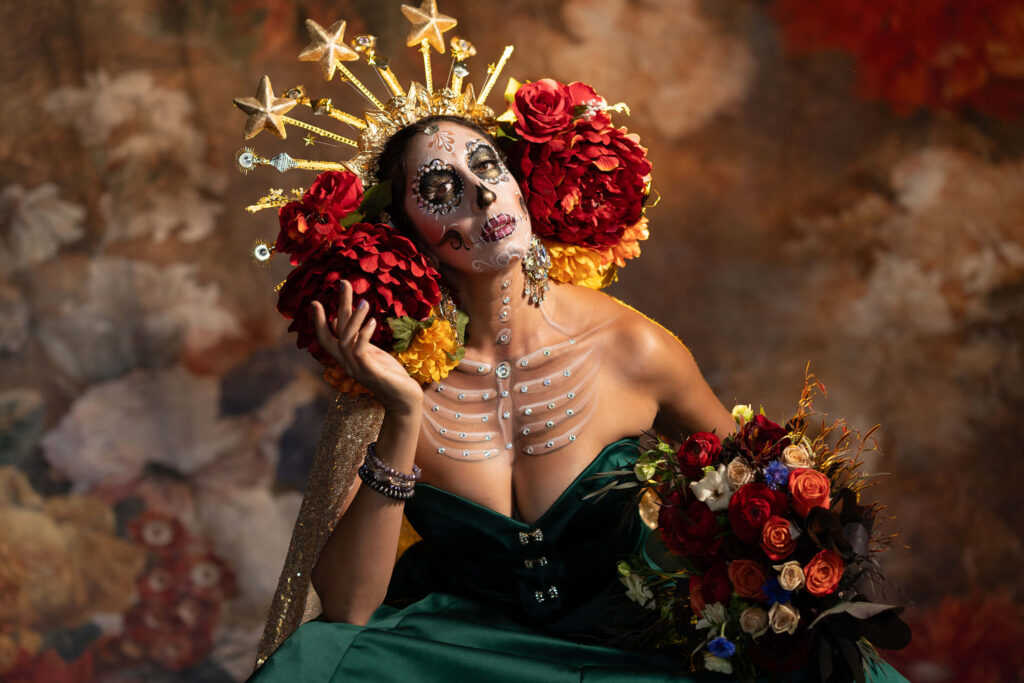NAVIGATE
menu
Headshot vs. Portrait: What’s the Difference and Which One Do You Need?

In the world of professional photography and personal branding, images speak louder than words. When it comes to choosing the right photo style, understanding the difference between a headshot vs portrait can make all the difference. Whether you’re updating your LinkedIn profile, marketing a new product, or preparing for a special event, knowing which option fits your goals ensures you’re making the best first impression. This guide breaks down the distinctions, along with tips to help you make an informed choice.

What Is a Headshot?
A headshot is a close-up photograph that focuses primarily on the subject’s face. It’s commonly used in professional settings where a clear, approachable, and polished image is needed. Headshots are often the go-to for resumes, LinkedIn profiles, acting portfolios, and corporate websites.
Key Features of a Headshot
- Focus on the Face: Headshots typically show the head and shoulders of the subject.
- Neutral Background: The background is often a solid color (white, gray, or black) to keep the focus on the individual.
- Professional Appearance: The subject is expected to look their best, with minimal distractions from the background or attire.
- Tight Framing: Headshots typically have a tighter crop, focusing on the face to capture clear, detailed features.

When Do You Need a Headshot?
- Corporate and Business Profiles: LinkedIn, resumes, and company websites.
- Actors, Models, and Performers: For agency submissions or auditions.
- Professional Networking: Whenever you need a strong, clean, professional image to connect with colleagues, clients, or employers.
What Is a Portrait?
A portrait is a more artistic and expansive photograph that captures the subject in a broader context. Unlike a headshot, portraits can feature the entire body or include more of the background, offering a deeper narrative of the subject’s personality or role.
Key Features of a Portrait
- Fuller Composition: Portraits may include the subject’s full body, a partial body, or just the face with some context.
- Varied Backgrounds: Backgrounds can be more dynamic, including settings that reflect the subject’s environment or personality.
- Emotional Expression: Portraits allow for a broader range of expressions and creativity, conveying more than just professionalism but also emotions and stories.
- Looser Framing: The framing in portraits is often looser, showing more of the subject’s surroundings.
When Do You Need a Portrait?
- Family or Personal Use: For family photos, milestone celebrations, or special personal moments.
- Branding and Marketing: If you’re showcasing your personal brand with a more creative or lifestyle-oriented image.
- Artistic Representation: For photographers, artists, and other creatives who want to express individuality or tell a story through imagery.
Headshot vs. Portrait: Key Differences
Here’s a breakdown of the primary differences between a headshot and a portrait:
- Purpose
Headshots are used for professional, business, or branding needs. Portraits are more artistic, lifestyle-based, or creative in nature. - Composition
Headshots focus on the face and shoulders. Portraits may include more of the body and surroundings. - Background
Headshots typically use a neutral or plain background. Portraits use dynamic or contextual backgrounds to tell a story. - Expression
Headshots are usually neutral, professional, or approachable. Portraits allow a wider range of expressions, from formal to casual or artistic. - Framing
Headshots are tightly cropped around the face and shoulders. Portraits use looser framing, sometimes including the full body or environment. - Usage
Headshots are used for resumes, business profiles, LinkedIn, and acting/modeling portfolios. Portraits are ideal for personal branding, family photos, creative professions, and storytelling.
Which One Do You Need?
The choice between a headshot and a portrait ultimately depends on your goals and how you plan to use the image. Here’s a quick breakdown to help you decide:
When to Choose a Headshot
- If you’re building a professional profile for a business or career platform.
- If you need a clean, polished image for your resume, LinkedIn, or company website.
- If you’re an actor, model, or entertainer preparing for agency submissions or casting calls.
When to Choose a Portrait
- If you’re an entrepreneur or influencer who wants to show more personality and creativity.
- If you’re planning a family shoot, engagement session, or personal milestone.
- If you’re an artist, musician, or creative professional looking to express your style and individuality.
Tips for a Successful Headshot or Portrait
For Headshots:
- Grooming and Clothing: Choose clean, professional attire without distracting patterns. Keep hair and makeup neat and understated.
- Lighting Matters: Use natural light or soft studio lighting to create flattering images.
- Be Relaxed: A genuine smile or a relaxed expression adds authenticity and warmth.
For Portraits:
- Get Creative: Think about what makes you unique and choose settings, props, and clothing that express it.
- Vary the Angles: Try different poses and camera angles to create depth and visual interest.
- Tell a Story: Your background, outfit, and expression should align with the story or mood you want to convey.

Conclusion: Headshot or Portrait – Make the Right Choice
Now that you understand the differences between a headshot and a portrait, choosing the right image becomes much easier. If your goal is a clean, professional presentation, a headshot is your best option. If you’re looking to express creativity, emotion, or personality, a portrait might be the perfect fit.
By considering your intended use, your audience, and the story you want to tell, you can confidently choose the type of photo that presents you in the best light. Whether you opt for a headshot or a portrait, the most important thing is that the image authentically represents you.
Ready to Book Your Perfect Headshot or Portrait?
If you’re ready to create a powerful professional or personal image, connect with Christopher Tashjian Photography. With expert guidance and a tailored experience, you’ll walk away with photos that truly represent who you are.
Leave a Reply Cancel reply
Stay Inspired
with Christopher Tashjian Photography
Dive into a world of creativity and timeless moments! Sign up to receive exclusive insights, photography tips, behind-the-scenes stories, and special offers delivered straight to your inbox.
Sign up for our newsletter.
©2025 CHRISTOPHER TASHJIAN PHOTOGRAPHY • ALL RIGHTS RESERVED • PRIVACY • TERMS • SITE CREDIT
Christopher Tashjian Photography offers professional, creative, and personalized photography services in Los Angeles, California and beyond.